It takes preparation to create a lush, tropical ambiance in your yard. When given the ideal growing conditions and proper care, tropical flowering plants flourish. With their striking leaves and vibrant blooms, these exotic beauties may add a hint of the tropics to your outdoor area.
Take your growing zone and climate into account when choosing plants. Certain tropical plants may need to be cultivated as annuals in colder climates, or they may need to be taken indoors for the winter. You can also always get advice from your local extension office or garden center.
These 10 tropical flowering plants can give your garden a touch of the unusual.
Bird of Paradise
The scientific name for Bird of Paradise is Strelitzia reginae, and it blooms for many weeks during late winter to early spring. These perennial plants are appropriate for hardiness zones 10 to 12, and they flourish best in soil that drains properly. They are great options for brilliantly lighted gardens because they need full sunlight for optimum growth. Furthermore, they require little upkeep; occasionally trimming away dead leaves keeps them looking nice and healthy.
Hibiscus
The hues of hibiscus blooms are diverse and include pink, red, orange, yellow, and white. They require at least six hours of sunlight per day to blossom successfully, and they do best in full sun. Watering these plants on a regular basis is crucial because they need constant hydration but like well-drained soil. Pollinators, such as bees and butterflies, are drawn to hibiscus blossoms in particular. This aids in the plant’s reproductive process and results in colorful gardens full of life.
Plumeria
Plumerias usually bloom for a long time, from spring through fall. It is available in a variety of hues, including as red, pink, yellow, and white. These flowers need six hours a day or more of direct sunlight to flourish. Watering: Plumeria requires regular moisture, but it also has to be allowed to dry out a little between applications, so it’s critical to prevent soggy soil.
Bougainvillea
In ideal circumstances, bougainvillea can continue to bloom for several weeks, although it usually flowers during the warmer months. It needs six hours a day or more of direct sunlight to generate bright bracts. This plant requires modest watering, letting the soil dry out in between treatments, and enjoys well-drained soil. In hardiness zones 9 through 11, bougainvillea is a perennial; however, in lower zones, it needs to be managed as an annual or taken inside during the winter.
Orchids
There are many different color varieties of orchids, including as white, pink, purple, and yellow. Direct sunshine can scorch their leaves, therefore they usually need strong, indirect sunlight to grow. Orchids like well-draining soil combinations, which are frequently made of moss or bark to provide the roots the aeration they require. Because of their strong attraction to pollinators like bees and butterflies, these plants are essential to their spread within their native environments.
Ginger Lily
Ginger Lily typically blooms from late summer to fall and favors partial to full sunlight for optimal growth. It grows best in organic matter-rich, well-draining soil that receives regular hydration, especially throughout the growing season. Hardiness zones 7–10 are suitable for this perennial plant, which makes it a useful addition to gardens in those areas. In general, little maintenance is required; only infrequent trimming is required to get rid of spent blooms and dead leaves to encourage strong development.
Heliconia
For greatest growth, heliconia flowers need partial to full sunlight and do best in well-drained, nutritious soil. Since they are perennials, they can endure for a number of years in the proper environment. Although bloom times vary by species, they usually happen in the warmer months and provide gardens with longer periods of visual pleasure. The blooms, which are distinguished by their distinctive forms and vivid hues, usually draw pollinators like butterflies and bees, which improves the health of the surrounding ecology.
Bromeliads
Because they may be found in a variety of colors, such as orange, purple, yellow, and red, bromeliads are often used to provide visual interest. For them to grow, they usually need strong, indirect sunshine. They also need to be watered sparingly, letting the soil dry out in between applications. Bromeliads thrive in pots with a combination of sand and peat, but they need well-draining soil. These plants require little upkeep and are perennial, providing year-round beauty and tropical charm.
Jasmine
Jasmine brings a steady floral presence to gardens in the warmer months, usually blooming from late spring to fall. Jasmine is a flower known for its rich, sweet aroma, which is especially intense in the evening. For optimal growth, this perennial plant requires full to partial sunlight and well-draining soil to prevent root rot. A moderate-maintenance plant, jasmine requires regular watering to keep the soil damp but not soggy.
Anthurium
Anthurium flowers endure for several weeks and are produced all year round. Available in red, pink, white, and green, they add color to shaded indoor spaces. These plants can be grown indoors because they prefer indirect sunshine. In order to ensure that the soil is damp but not soggy, anthuriums need well-draining soil and moderate watering. Minimal maintenance is needed, usually just occasional pruning of dead leaves and spent flowers.
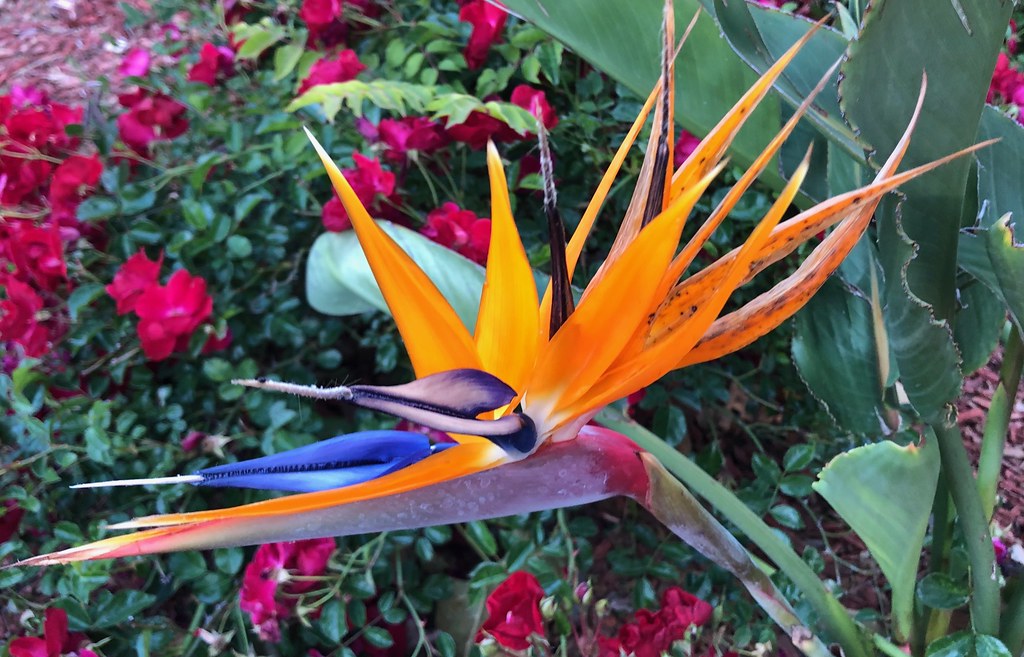
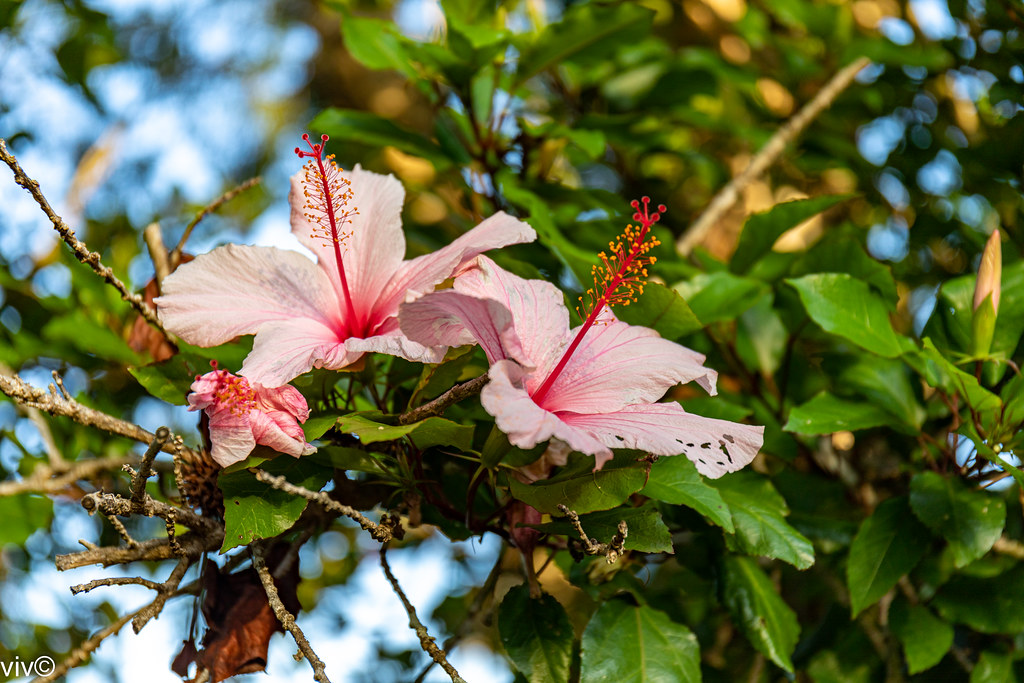
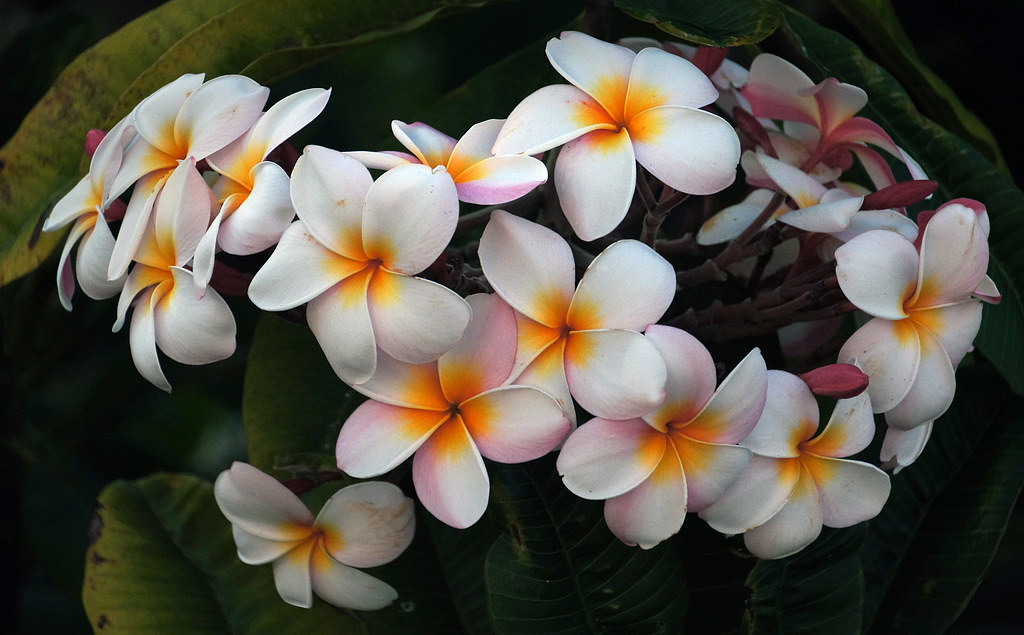
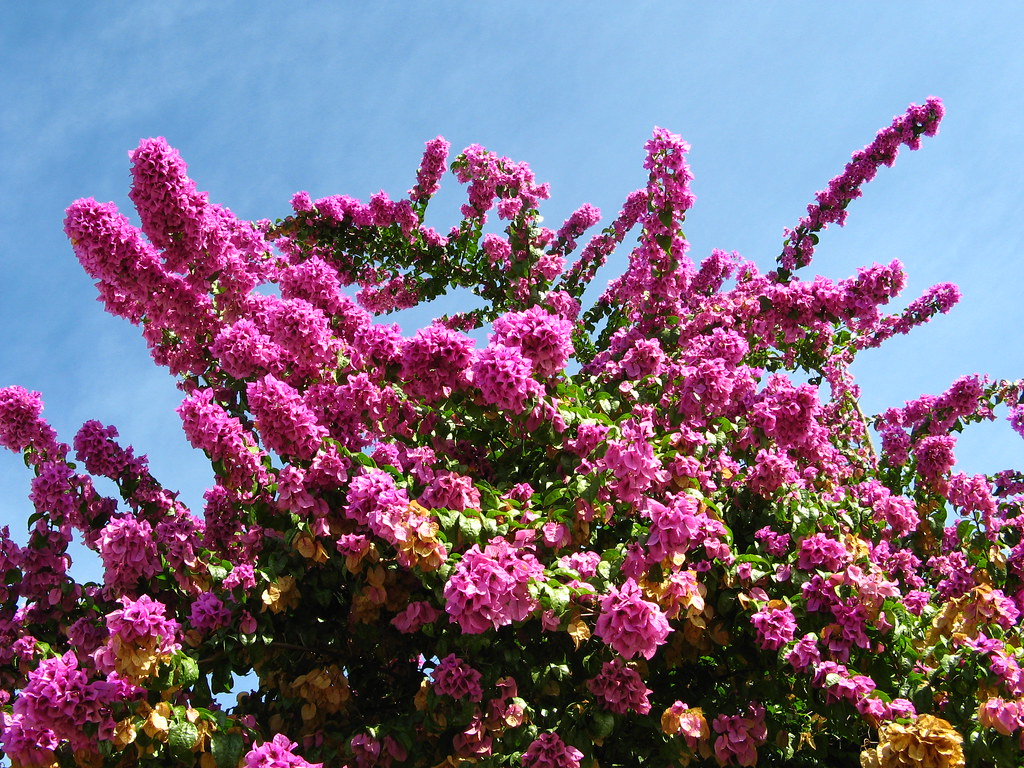
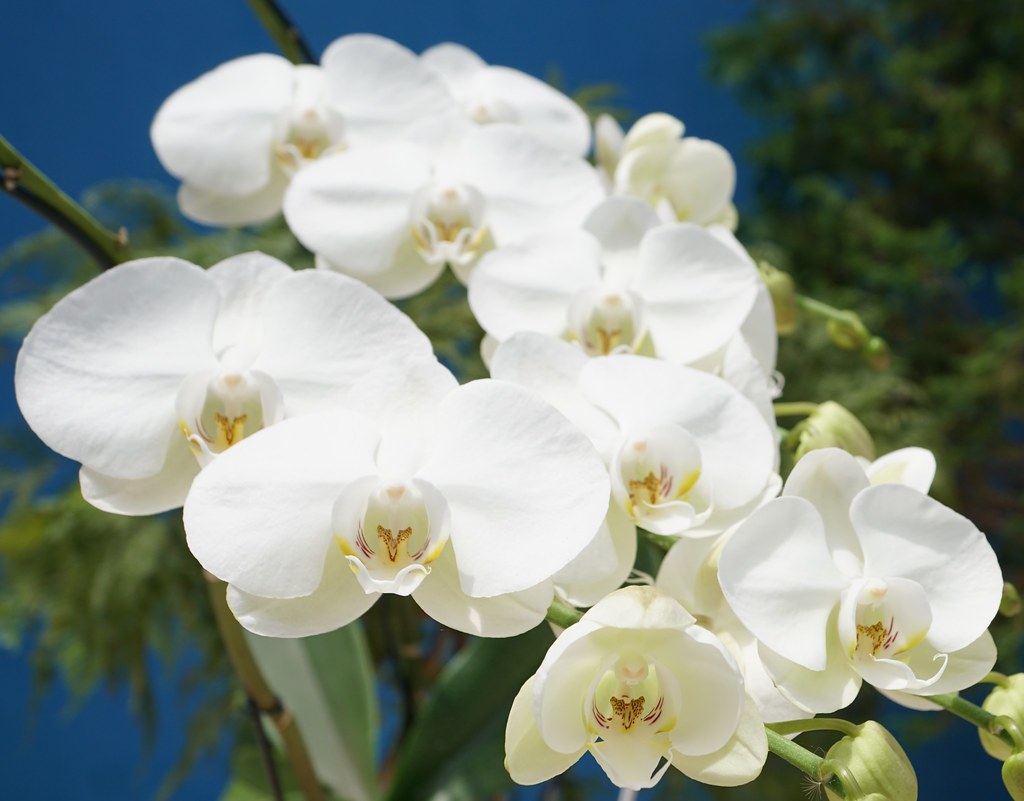
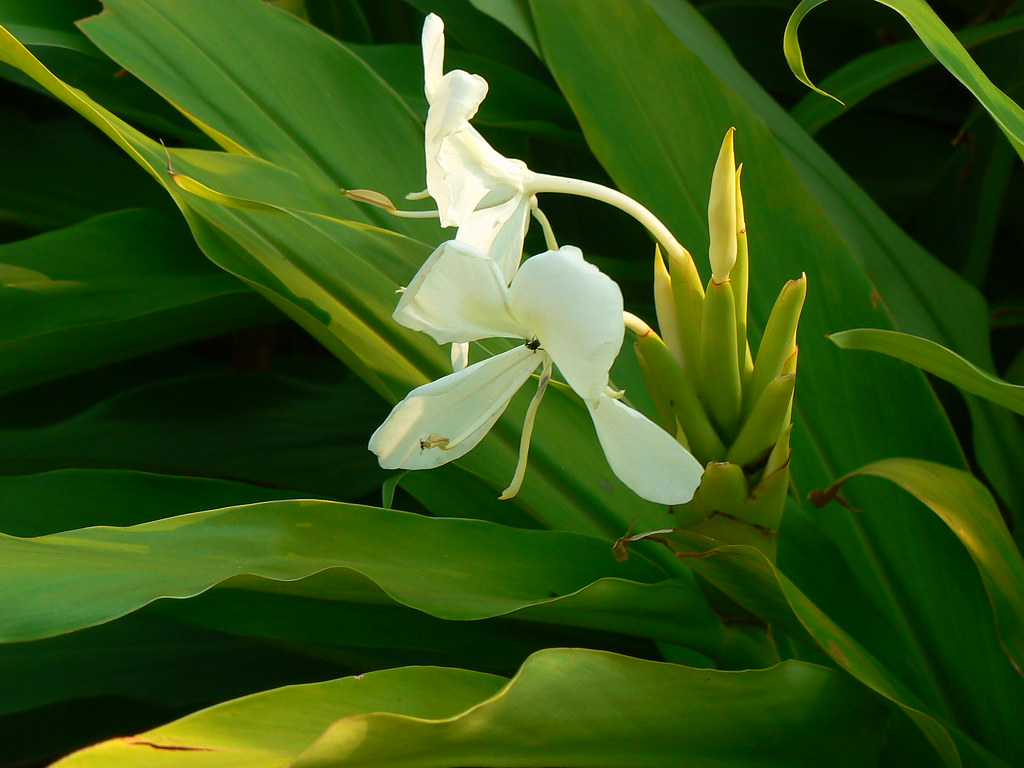
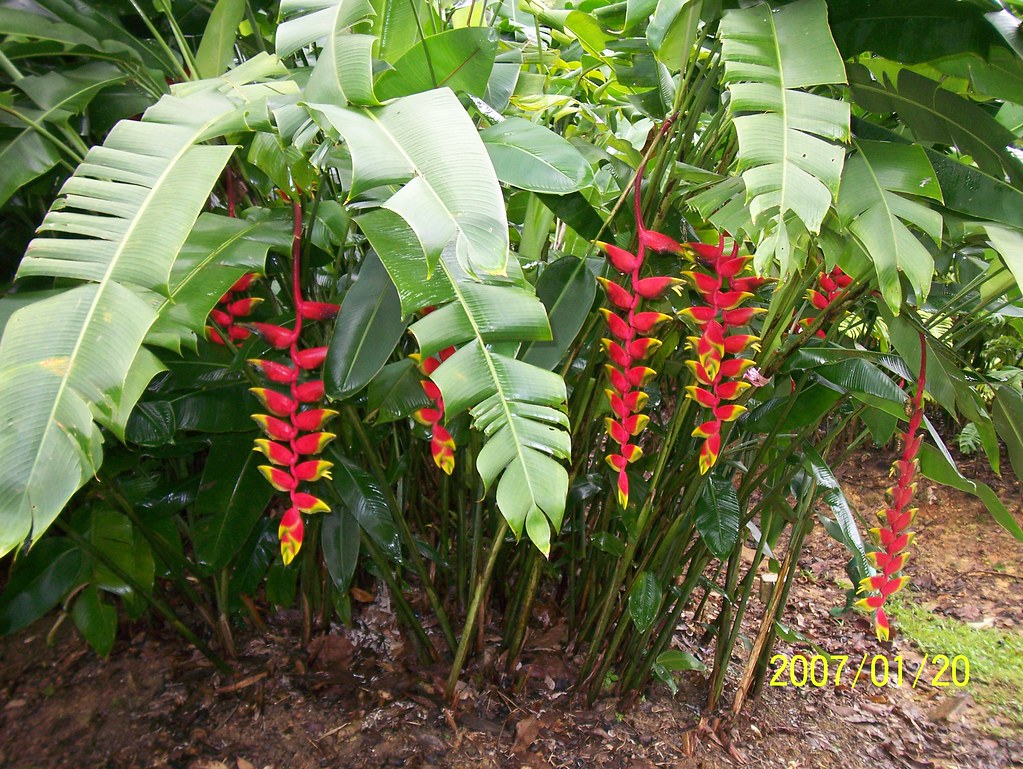
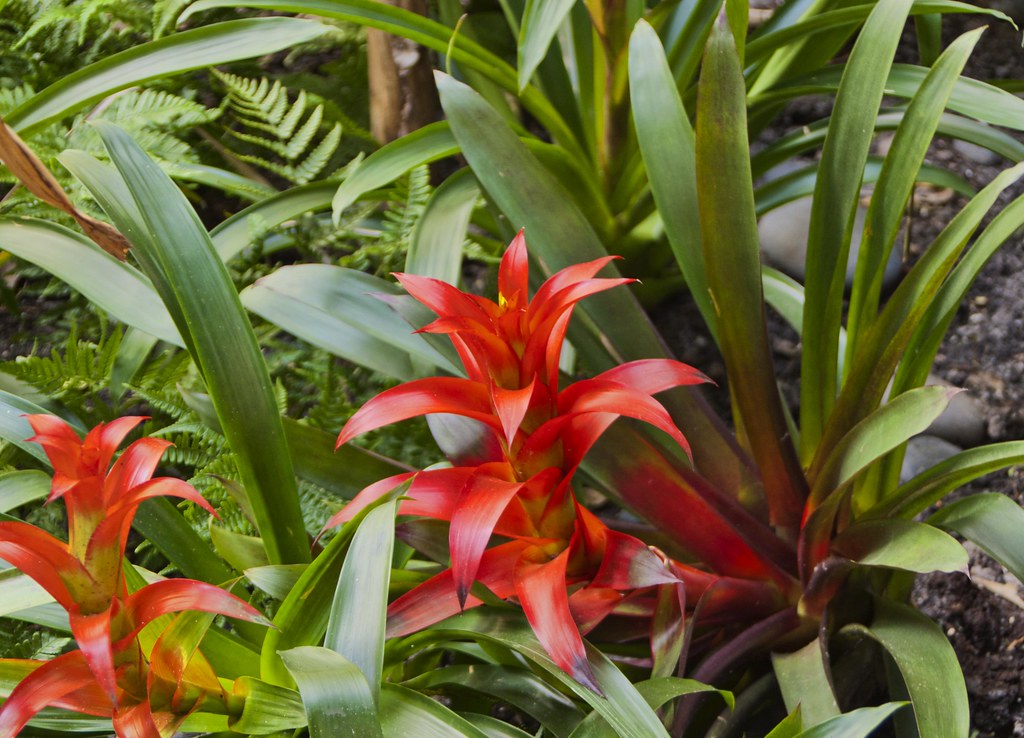
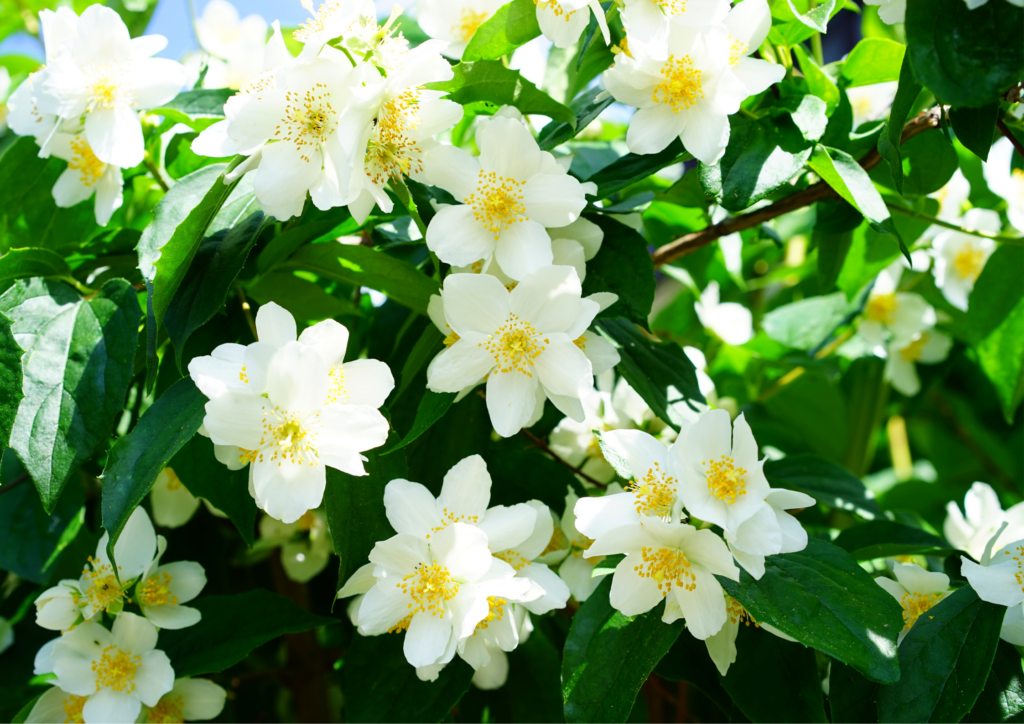
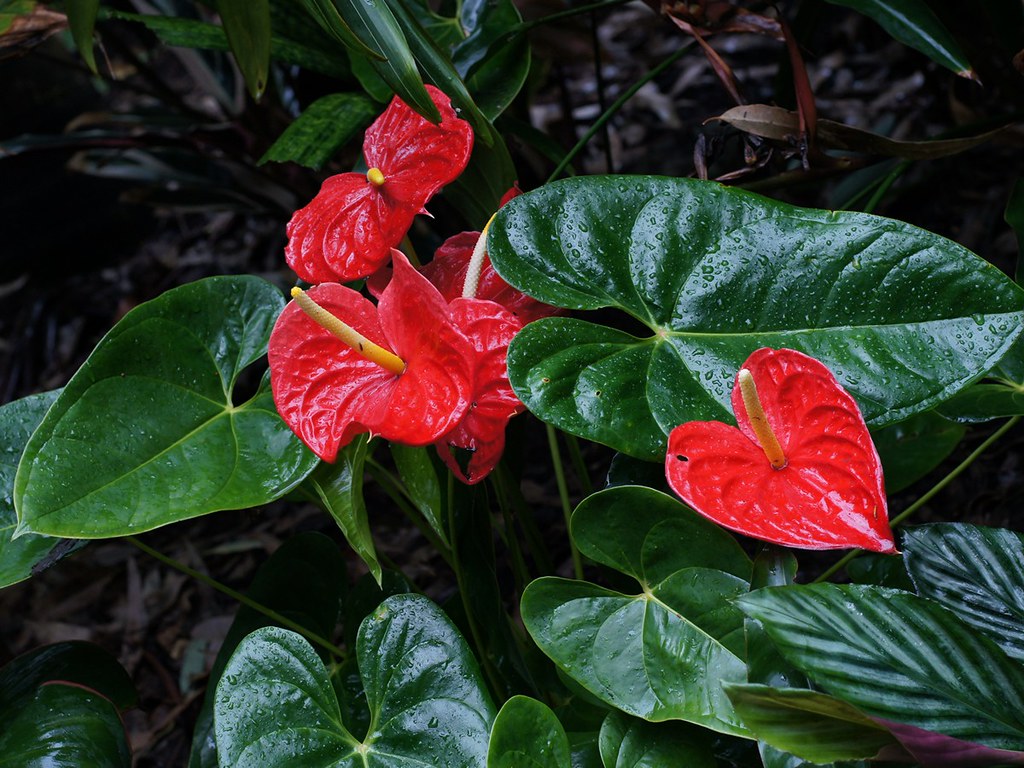


Bromeliads: what side of the house should these be planted on?